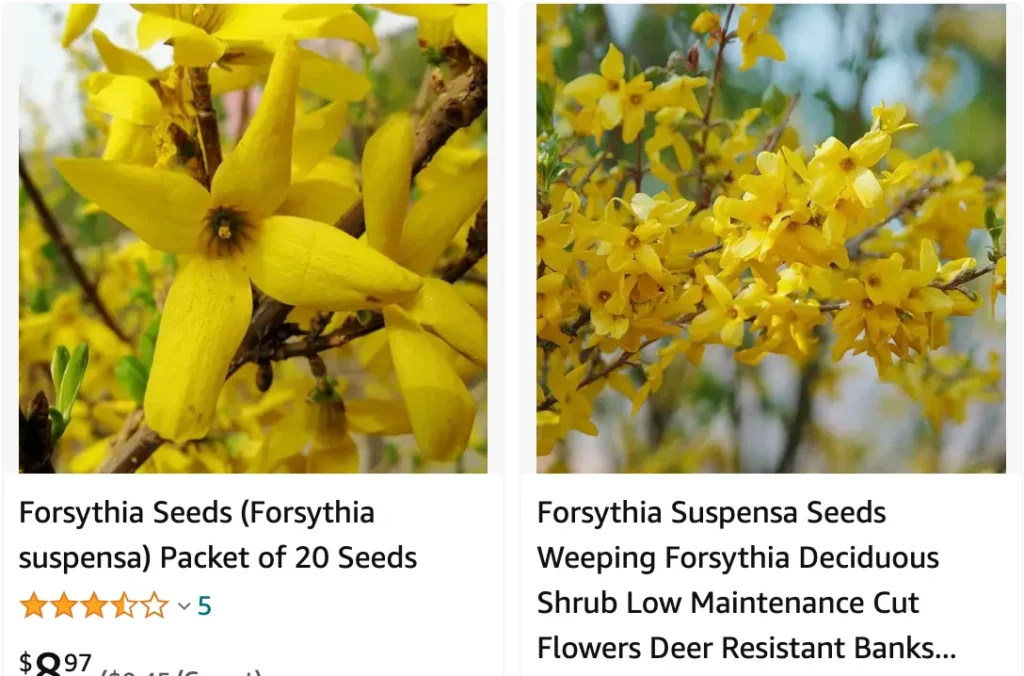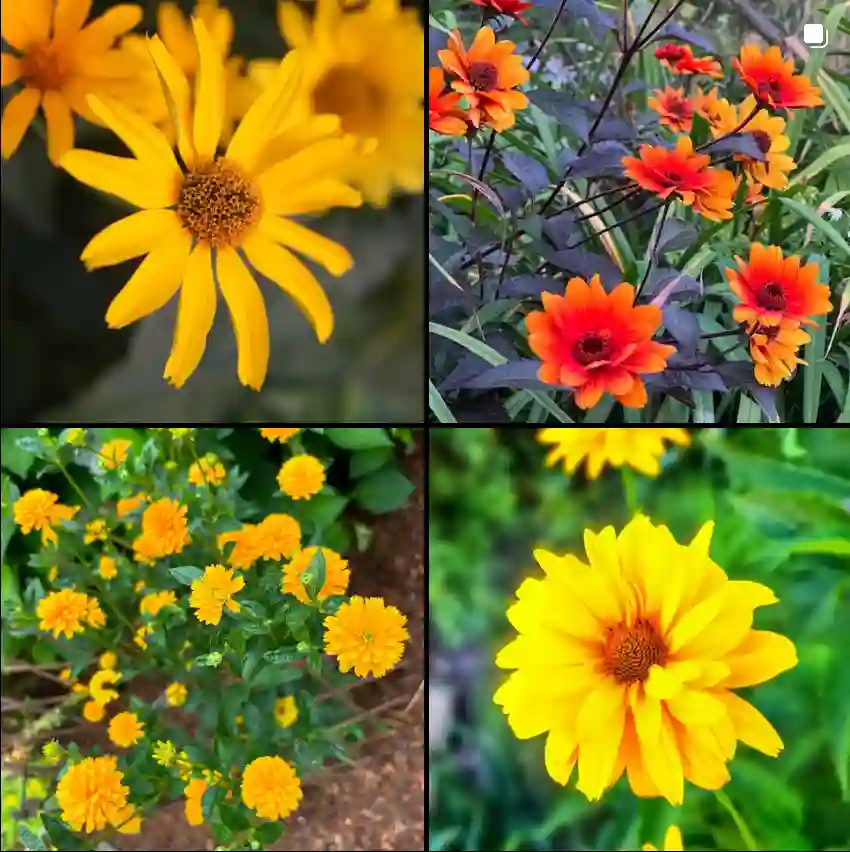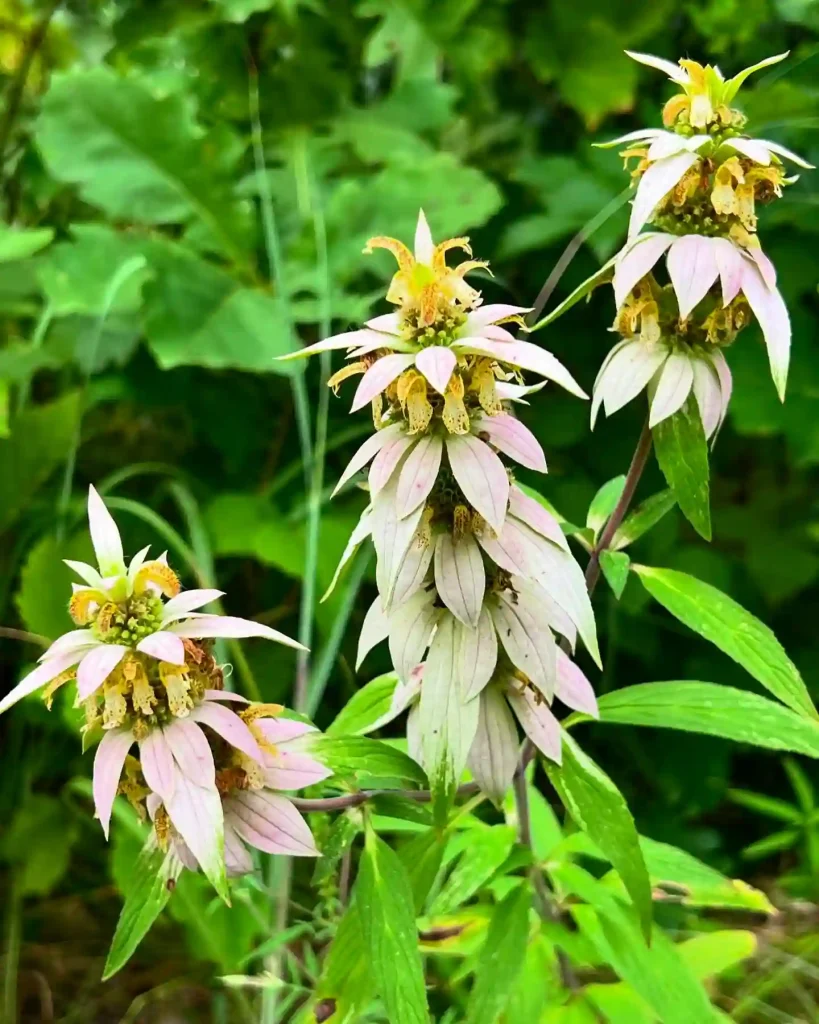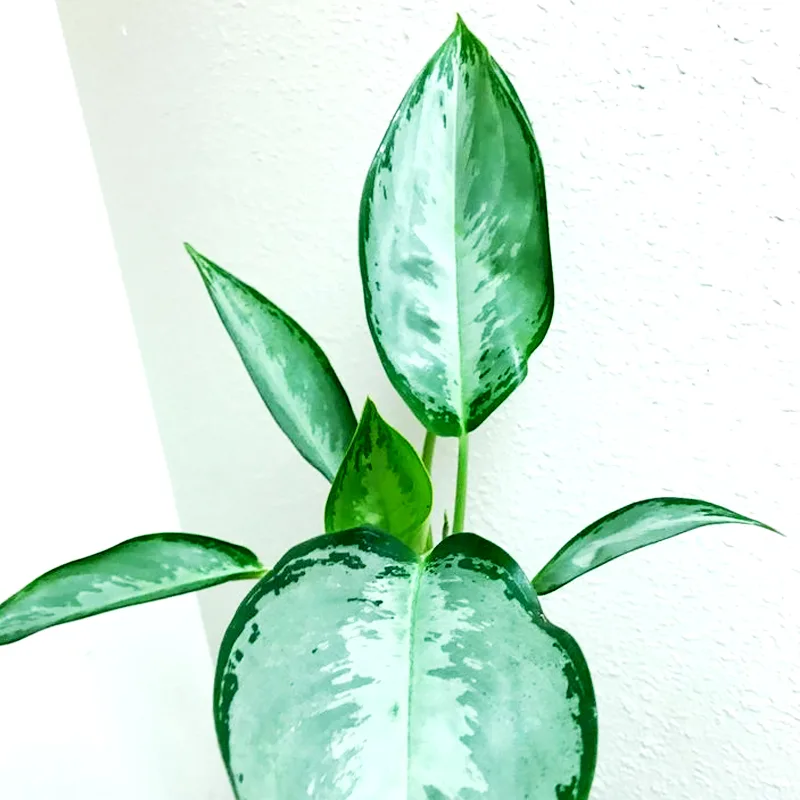
Forsythia Suspensa: A Showstopper in Early Spring
Hi, I’m Ferb Vu, and I’m here to answer your questions about Forsythia Suspensa, also known as Weeping Forsythia. This beauty is a guaranteed conversation starter in any garden, with its vibrant yellow blooms heralding the arrival of spring.
12 Species in Genus Forsythia
What is Forsythia Suspensa?
Forsythia Suspensa is a deciduous shrub native to China. It’s known for its cascading branches adorned with a profusion of bright yellow, bell-shaped flowers in early spring, often before the leaves emerge. The arching stems can reach up to 10 feet, creating a graceful weeping form.
Forsythia Suspensa vs Viridissima
I’ve found Forsythia Suspensa to be a reliable performer with its vibrant yellow blooms signaling spring, but Forsythia Viridissima, with its unique greenish-yellow flowers, offers a refreshing twist that I really appreciate for its less common color and slightly longer bloom period.
How to plant and care for Forsythia Suspensa?
- Sunlight: Forsythia Suspensa thrives in full sun for at least 6 hours daily. However, it tolerates some shade, though flowering might be less prolific.
- Soil: This adaptable plant does well in most well-drained soils, from sandy to clay. Aim for slightly acidic to neutral pH.
- Watering: Water regularly, especially during the first growing season, to keep the soil moist but not soggy. Established plants are drought tolerant but appreciate occasional deep watering during dry spells.
- Pruning: Prune lightly after flowering to maintain the desired shape and encourage bushier growth. Remove dead, diseased, or overcrowded branches. More significant pruning can be done every few years in early spring before new growth appears.
How fast does Forsythia Suspensa grow?
This shrub is a moderately fast grower, adding 1-2 feet per year once established.
Is Forsythia Suspensa deer resistant?
Yes, deer typically leave Forsythia Suspensa alone. It’s a great choice for areas with deer browsing problems.
Does Forsythia Suspensa have any pests or diseases?
Forsythia Suspensa is generally low-maintenance and pest-resistant. However, it can be susceptible to aphids, scale insects, and fungal diseases like leaf spot and twig blight. Early detection and treatment with organic methods whenever possible is recommended.
Can I propagate Forsythia Suspensa?
Absolutely! There are several ways to propagate Forsythia Suspensa:
- Softwood cuttings: Take cuttings in early summer from new, non-flowering growth.
- Layering: Simply bend a low-lying branch to the ground, bury a portion beneath soil, and weigh it down. Roots should develop over time.
- Seed propagation: This method takes longer and requires specific techniques for successful germination.
Forsythia Suspensa vs. Forsythia Intermedia (Border Forsythia):
Both Forsythia Suspensa and Forsythia Intermedia are popular choices for home gardens. Here’s a quick comparison:
- Habit: Forsythia Suspensa has arching or weeping branches, while Forsythia Intermedia has a more upright, bushy habit.
- Flowering: Both bloom in early spring, but Forsythia Intermedia flowers slightly earlier.
- Size: Forsythia Suspensa can reach up to 10 feet tall, while Forsythia Intermedia typically grows 6-8 feet tall.
Ultimately, the best choice depends on your desired aesthetic and available space.
Bringing Beauty to Your Garden with Forsythia Suspensa:
Forsythia Suspensa is a versatile shrub that adds a burst of sunshine to your garden. Here are some ideas for incorporating it into your landscape:
- Specimen plant: Plant it as a focal point near an entrance or patio.
- Foundation planting: Use it to add color and texture alongside your house.
- Mixed borders: Combine it with other spring-blooming shrubs and perennials for a vibrant display.
- Slopes and banks: The cascading branches of Forsythia Suspensa help control erosion on slopes.
Is Forsythia Suspensa toxic?
Yes, all parts of Forsythia Suspensa are mildly toxic if ingested. It’s best to keep it out of reach of children and pets.
Can I bring Forsythia Suspensa indoors?
While not ideal long-term, you can cut branches with blooms to enjoy indoors for a short period. Place them in a cool location with fresh water.
What happens to Forsythia Suspensa in winter?
The leaves will drop, and the plant goes dormant. In cold climates, mulch around the base to protect the roots.
Can Forsythia Suspensa be grown in containers?
Yes, it can be grown in a large pot with good drainage. Choose a sunny location and water regularly.
Are there any cultivars of Forsythia Suspensa?
Yes, there are several cultivars with variations in flower size, bloom time, and growth habit. Explore options like ‘Lynwood Gold‘ for a more compact variety or ‘Courtauldensis’ with deep yellow, double flowers.
With its easy care and stunning display of flowers, Forsythia Suspensa is a rewarding addition to any garden. So, plant one and enjoy the cheerful welcome of spring!
If i die, water my plants!



